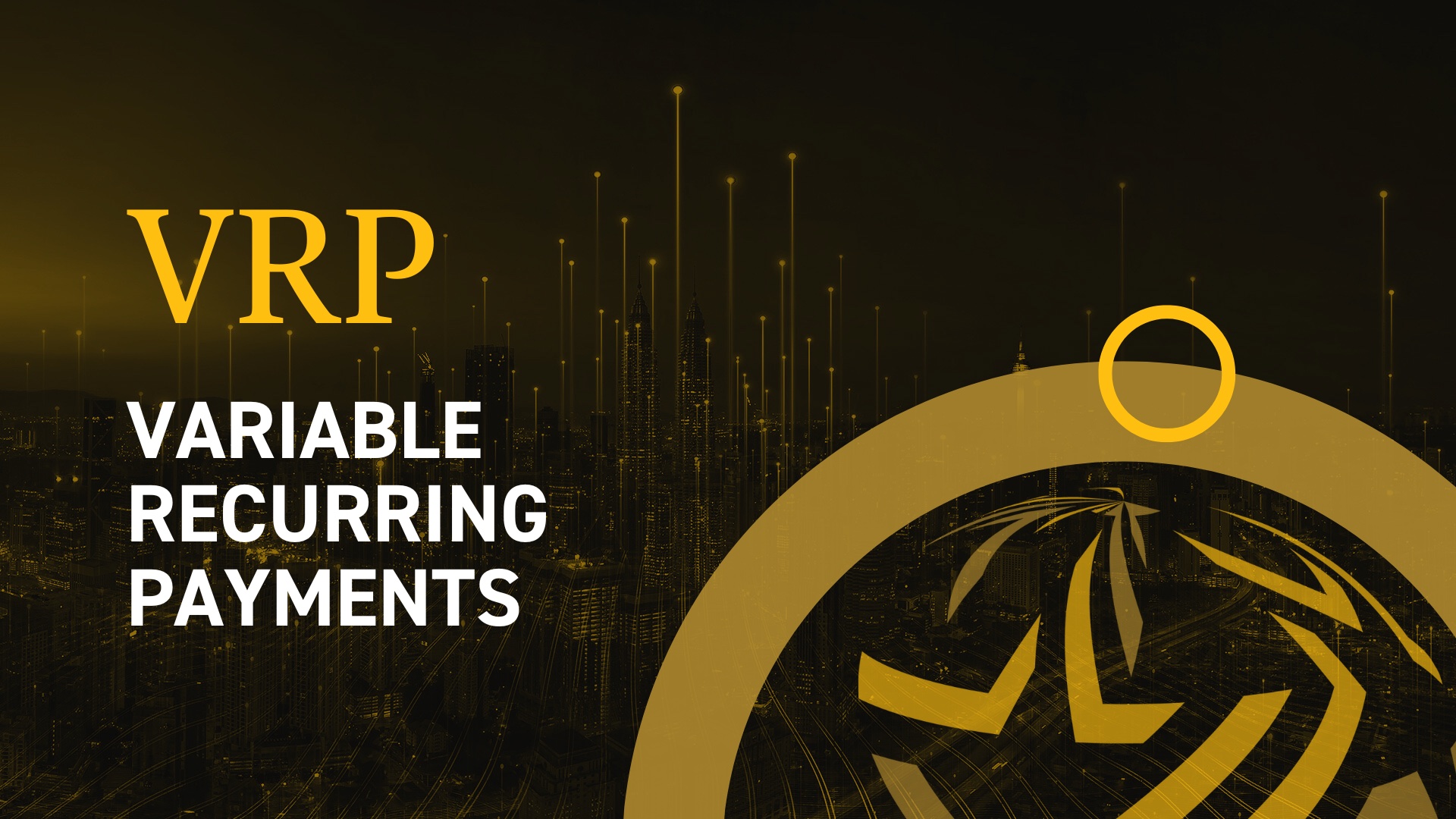
Open Banking & The Green Future of Payments
 11:13 31 Oct 2022
11:13 31 Oct 2022 Consumers are demanding green payment options – representing a rare opportunity for the financial services sector to drive both growth and positive climate impact.
At COP26, the 2021 United Nations Climate Change Conference, “mobilising finance” was designated as a key goal within the wider mission of achieving global net zero emissions by 2050. McKinsey later said COP26 prompted encouraged financial institutions to move “from urgency to action”, with $130 trillion of assets now committed to net zero.
So what role can Open Banking and Open Finance play in the financial services industry’s move toward a greener, sustainable future?
Consumer Demand For Green Payments
Proof of the consumer demand for green payments can be found in a recent piece of research from Lune, a fintech with a mission to make every product and service climate sensitive by default. l Lune’s software and API integrate emissions calculations and quality carbon removal into every customer experience, enabling businesses to turn climate impact into growth.
Lune surveyed 500 consumers from the UK, Finland, Sweden, France, and Germany to understand their attitudes to sustainable finance. Its research found that three out of four consumers want a “green payment method” that tackles climate change. However, this product does not exist today, which means there is a gap in the market. Lune also found:
- 77% of consumers would stay loyal to brands that offer automatic carbon offsetting of purchases.
- Two-thirds (67%) want retailers to give them the option to offset the purchase of products and services.
- 59% of consumers would pay an additional 1% of their total purchase value to enable offsetting.
Lune spent two months interviewing people at fast-growing payments companies that offer innovative consumer experiences to understand their pain points, commercial metrics, brand beliefs, and employee propositions. Every product manager Lune spoke with emphasised the need to convert customers, drive loyalty and improve market share. They also said that payments companies are undifferentiated. Climate impact can provide that differentiator.
Green Cards
Green credit and debit cards are one method of encouraging consumers to take actions which have a positive climate impact. Tred is an example of a green debit card that is made of recycled plastic and shows the carbon footprint of spending. Consumers that use Tred or similar products gain an understanding of the emissions of their transactions and can then opt to offset their carbon footprint or choose to read educational material which shows them how to cut their own personal emissions. Green debit cards have the advantage of already having a relationship with the consumer because they are using that card to perform day-to-day tasks and are intimately familiar with how it works. Cards, therefore, offer a rich opportunity to engage with customers and nudge behavioural change.
Beyond Cards With Open Banking
In the long term, however, cards are very likely to lose their position as the most popular method of payment – which is good news from a sustainability perspective. There are 6 billion payment cards in the world, which are typically made from polyvinyl chloride (PVC) and contain semiconductors to power processes such as contactless payments. The production of these cards generates carbon emissions. Vast numbers of old or lost cards also end up being thrown away, with Mastercard reporting that cards are replaced every three-to-four years, resulting in 5.7 million tons of plastic being buried in landfills across the world.
Payments networks also produce vast amounts of carbon. In the long term, moving to Open Banking would cut these emissions dramatically. A GoCardless study found that Open Banking payments produce one-quarter of the carbon emitted by card payments. A typical card transaction emits roughly 0.53 grams of CO2 into the atmosphere compared to 0.13 grams for account-to-account payments. The energy used to process global card transactions has an annual footprint of 416,742 tonnes of CO2 emissions. Replacing card payments with Open Banking payments would reduce this to 104,222 tonnes. Green payments should therefore be a part of the wider discussion of Open Banking and its benefits.
Sustainable Growth
There is strong consumer demand and a growing commercial business case for green payments. Merchants and many other kinds of businesses are starting to see that there is real potential for growth and ROI in creating climate-positive propositions. However, there is work to be done on educating consumers about the climate impact of payments. One way of creating the awareness we need is simply to show customers emissions data whenever they make a payment. Carbon offsetting, emissions calculations and other climate-positive actions can be integrated directly into the payment flow. Placing this information at the heart of transactions will have an exponential impact on awareness of emissions and sustainability, driving rapid growth in education around climate positivity. Lune’s API and software are an way for payments companies to integrate those emissions calculations and quality offsetting into their existing workflows.
When payment players can demonstrate the impact of their green payment propositions, they will benefit from a more loyal and engaged customer base. Sustainability will spark the next phase of hyper-growth in payments, with climate-positive action embedded in every single payments transaction. The rise of green payments will power both growth and ROI whilst making a difference for the planet.
Find out more about how Lune is tackling the climate crisis
Helen Child, Founder & CEO, Open Banking Excellence



 " alt="">
" alt="">

 " alt="">
" alt="">
 " alt="">
" alt="">
 " alt="">
" alt="">
 " alt="">
" alt="">
 " alt="">
" alt="">
 " alt="">
" alt="">
 " alt="">
" alt="">
 " alt="">
" alt="">